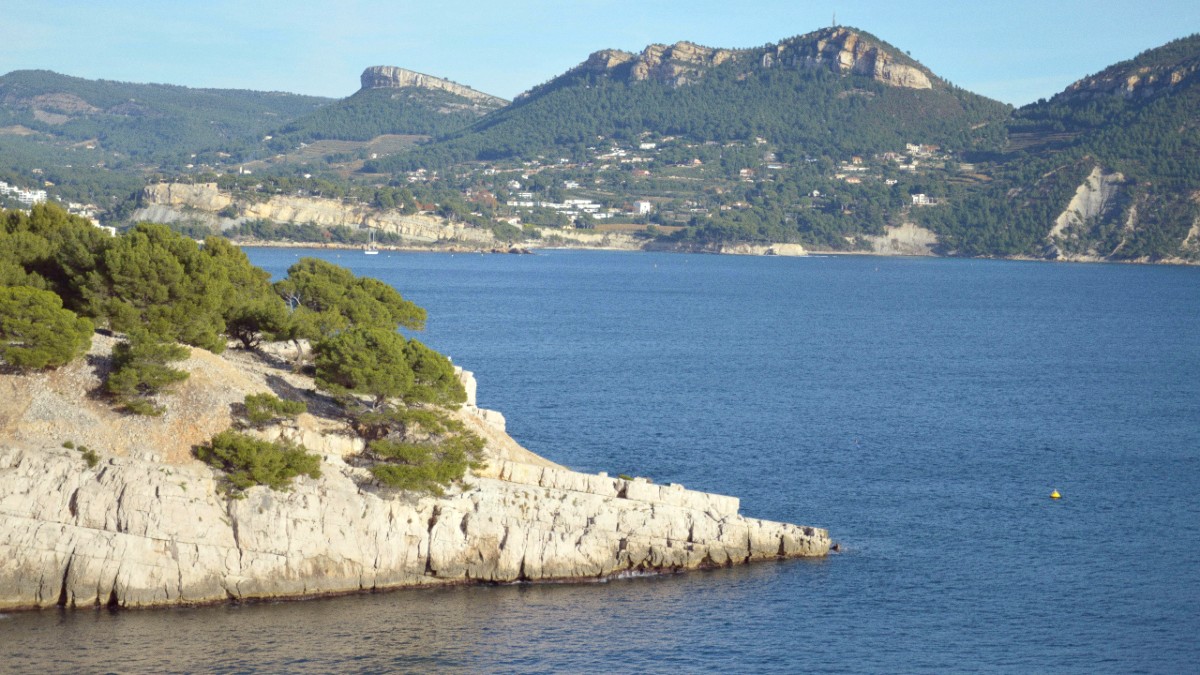
France
Provençal cuisine has a rich background, reflecting centuries of influence from Italian, Greek, and North African culinary traditions. This combines with the region's agricultural abundance.
A focus on fresh, seasonal produce, olive oil over butter, and generous aromatic herbs define the dishes. It is a cuisine born of the land and sea, highlighting ingredient quality.
Lunch (Déjeuner) from 12:00 PM to 2:00/2:30 PM. Dinner (Dîner) from 7:30 PM to 10:00 PM. Reservations are highly suggested for dinner, especially for popular places.
Bread, often a baguette, goes directly on the table. Service is usually included. Rounding up or a few euros for good service is appreciated but optional.
Ordering local Cassis white wine is a top recommendation. Breakfast is light (coffee, pastry). Lunch can be substantial. Dinner is a leisurely, multi-course affair.
A traditional Provençal fish stew with local rockfish, tomatoes, saffron, fennel, and olive oil. Served in two parts: broth then fish. Many Cassis restaurants present good versions.
Note: Authentic bouillabaisse can be expensive. Inquire about authenticity; some "fisherman's stews" are not true bouillabaisse.
A "Grand Aïoli" presents a rich garlic mayonnaise alongside steamed vegetables, often codfish, hard-boiled eggs, and seafood. A good example of fresh Provençal ingredients.
A full, satisfying meal reflecting regional bounty.
A Marseille specialty, this hearty dish includes slow-cooked lamb tripe and trotters. Tripe stuffed with garlic, parsley, salt pork, then stewed in white wine and tomato sauce. A comforting, flavorful taste of traditional Provençal peasant cooking.
For those seeking an authentic, rustic flavor.
Cassis Wine (Vin de Cassis) is a local specialty, mainly a crisp white wine. Pastis is a popular anise-flavored aperitif, served with cold water.
Calissons d'Aix (almond paste sweets), Nougat (honey, nut confection), and Lavender Ice Cream (a refreshing Provençal flavor).
La Villa Madie (2 Michelin Stars) with stunning Calanques views, and Restaurant Loustic for modern French cuisine.
Numerous choices around the port and town center. Look for "menus" (set meals) or "formules" (set lunch menus).
Bakeries (Boulangeries) for breakfast/lunch. Many casual pizzerias. Cassis market for picnic ingredients.
Traditional Provençal cuisine uses many vegetables. Vegetarian dishes might often include cheese or eggs. Fully vegan options are rare. Look for salads or vegetable tarts, or ask for "sans viande" (without meat) or "sans poisson" (without fish).
Confirm ingredients; butter or cream may be present in vegetable dishes.
Awareness of gluten-free ("sans gluten") and other allergens is growing but not universal. Carry a translation card for specific allergens. Inform staff clearly. Seafood and vegetable dishes often make safer choices.
Consider lodging with kitchen facilities for greater meal control.
Limited in Cassis, but larger Provençal towns offer comprehensive classes.
Visit local vineyards (Clos Sainte Magdeleine, Domaine du Paternel) for tasting and tours. Explore markets for food producers.
Check Tourist Office for food and wine festivals (e.g., Fête du Vin in September).
Buy fresh market ingredients for a picnic in the Calanques or vineyards. Dine with views of the harbor or sea.
Formal cooking classes are limited in Cassis, but comprehensive options are available in Aix-en-Provence or Marseille.
Focus on regional cuisine like tapenade or bouillabaisse.
Visit local vineyards (Clos Sainte Magdeleine, Domaine du Paternel) for wine tasting and tours.
Explore local markets to interact with food producers.
Dining with a view is common along the port or from hillside restaurants. These locations present stunning scenery of the harbor, sea, or Calanques.
A wine tasting at a vineyard overlooking Cassis captures the spirit.
Always check for seasonal specials at restaurants for the freshest regional ingredients.